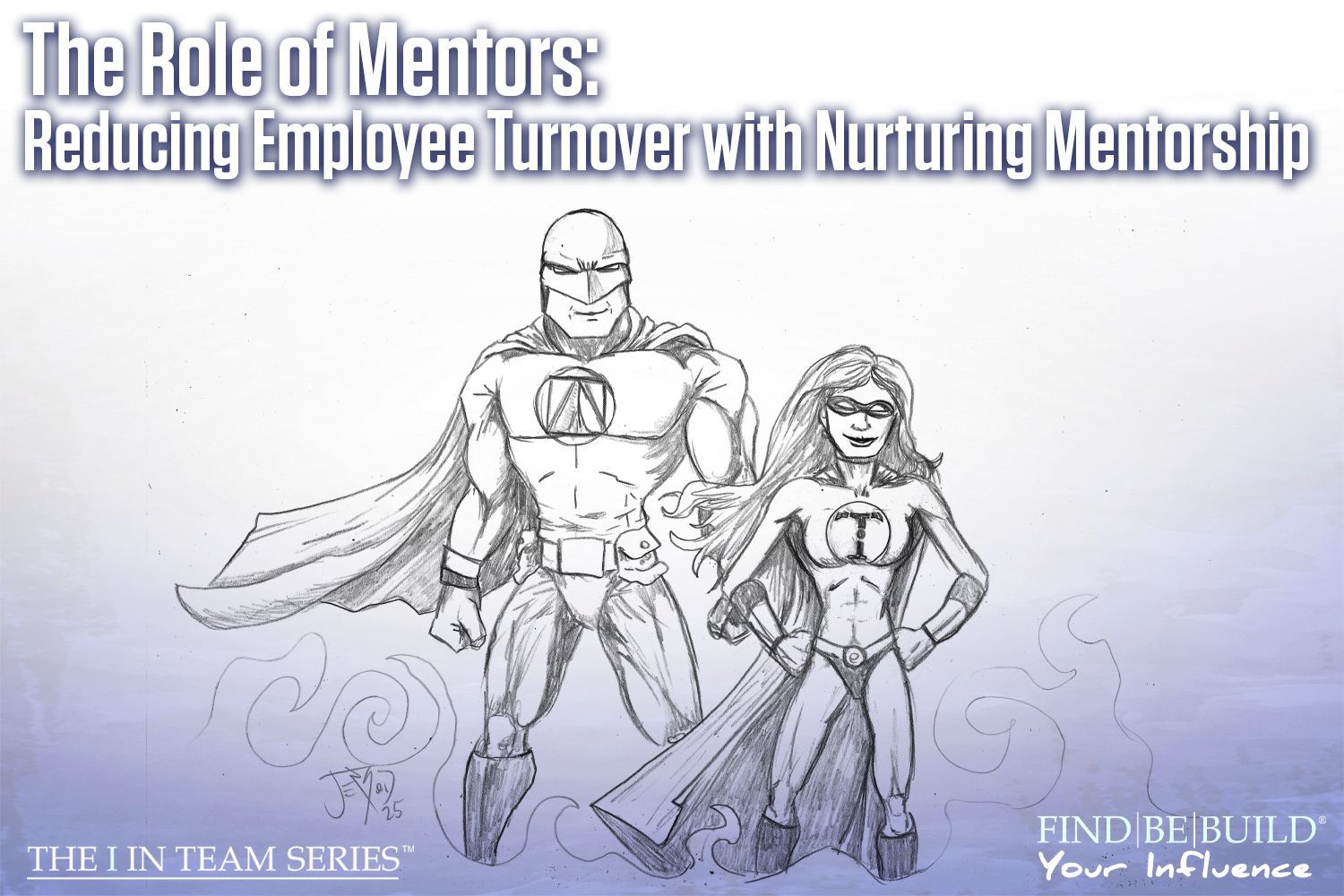What is Servant Leadership?

Servant leadership in business consulting
There are many great ways to lead a team, meaning there are several different kinds of leadership. Two of the most well known styles of leadership are democratic and authoritarian. However, there are several, including authentic, post-heroic, individualistic, transformational, and more. Servant-based leadership is not a new theory, but it is on the rise in the workplace. Robert K. Greenleaf proposed servant leadership in an essay in 1970 titled The Servant as Leader. He proposed that the opposite to servant leadership (servant-first) is leader-first; these are, essentially, the two poles of leadership (as proposed by Greenleaf). While all leaders should strive to have positive influence and remain ethical, their styles can vary and many leaders will find they adopt several different styles of leadership.
Leader-First vs Servant-First
To start, one can evaluate the contrasting poles of leadership as proposed by Greenleaf. Leader-first types put themselves and their needs above others, especially their team. The leader-first style is focused solely on personal gain and power to pursue control. This style is commonly used to describe leaders who are narcissistic and unethical, however, not all who pursue power and control are necessarily narcissistic and/or unethical. While many who pursue this style tend to have larger egos and an inability to demonstrate empathy, it is also a style that can be propelled by cultural factors—whehter internal (within the company), or external (within the larger community or society. Therefore, some follow this style due to mentoring or cultural practices without considering the implications on their team.
Conversely, the servant-first style is on the other end of the spectrum. Those who lead with this style feel a drive to give themselves back for others’ gain, becoming a leader to serve rather than to achieve power and control. Servant-first leaders serve others by empowering them, developing them, and helping them remove obstacles from their work by brainstorming solutions or locating appropriate resources. Many servant-first leaders are considered charismatic, including Martin Luther King Jr., Mother Teresa, and Nelson Mandela, using their charisma to uplift others and build a following by the act of giving back.
Servant Leadership Principles
As one whose aim is to serve and uplift others, servant leaders have many positive leadership qualities. Please keep in mind that these traits are not exclusive to servant leaders.
Empathy
Empathy is the ability to understand and share in the feelings of others. An empathic response demonstrates that level of understanding to the other person, and creates a positive interaction and connection. Servant leaders must have the capacity to demonstrate empathy, meaning they must also be emotionally intelligent (the ability to correctly recognize and categorize one’s own emotions and the emotions of others). Through empathy, servant leaders can help their team heal, grow, and develop through learning about their strengths and weaknesses in a non-judgmental way.
Active Listening
Listening to learn is a trait shared by all of the greatest leaders. Epictetus, a Greek philosopher, said almost 2,000 years ago, “We have two ears and one mouth so that we can listen twice as much as we speak” and yet the value of this lesson still holds true. Servant leaders use active listening to give their full attention to their team in order to learn how they can help their team find resources, brainstorm solutions, or identify an opportunity for growth or praise. Servant leaders use this skill to show respect to their team and build confidence.
Self-Awareness
Servant leaders know that to uplift and empower others, they must uplift and empower themselves. This comes from self-awareness, so servant leaders must explore their strengths and weaknesses with honest self-reflection. Part of this process includes the leader understanding where they came from (their foundation), who they are in the moment (their present reality), and who they aspire to be (their end goal). Servant leaders have a growth mindset and know that they and others can and should learn and grow in the ebb and flow of life.
Vision
All leaders must have good vision to lead the organization toward. An important part of having vision is in understanding the past and applying that knowledge to the future. This can assist in building an attainable vision for the organization to strive for. Additionally, all leaders must be able to persuade their team to work towards that vision and meet organizational goals that, hopefully, align with the vision. Servant leaders use their persuasion ethically to gain buy-in and without coercing their team. This is distinguishable from other leadership styles as not all styles of leadership aim to ethically persuade their teams.
Stewardship
Servant leaders are stewards in the sense that they take care of and are responsible for their team and organization. They put people first and aim to serve their team above all. As mentioned above, this includes a commitment to helping their team grow and develop new skills that suit the individual. Stewards must lead by example by demonstrating a positive influence through their organization’s values. This builds positive team culture and instills trust in other team members.
All great leaders will find their own way to be authentic and remain ethical in the pursuit of building their team. Those who adopt servant-first qualities may find that they build a stronger foundation of trust as they do not prioritize themselves over others. One thing that all of the best leaders recognize is the room for growth and improvement, beginning with themselves and moving outward from there. This means that in the face of mistakes and failures, they will always strive to learn and grow from their shortcomings. If you would like outside accountability in developing yourself and achieving your highest state of positive influence, contact IA Business Advisors about our leadership coaching services.












